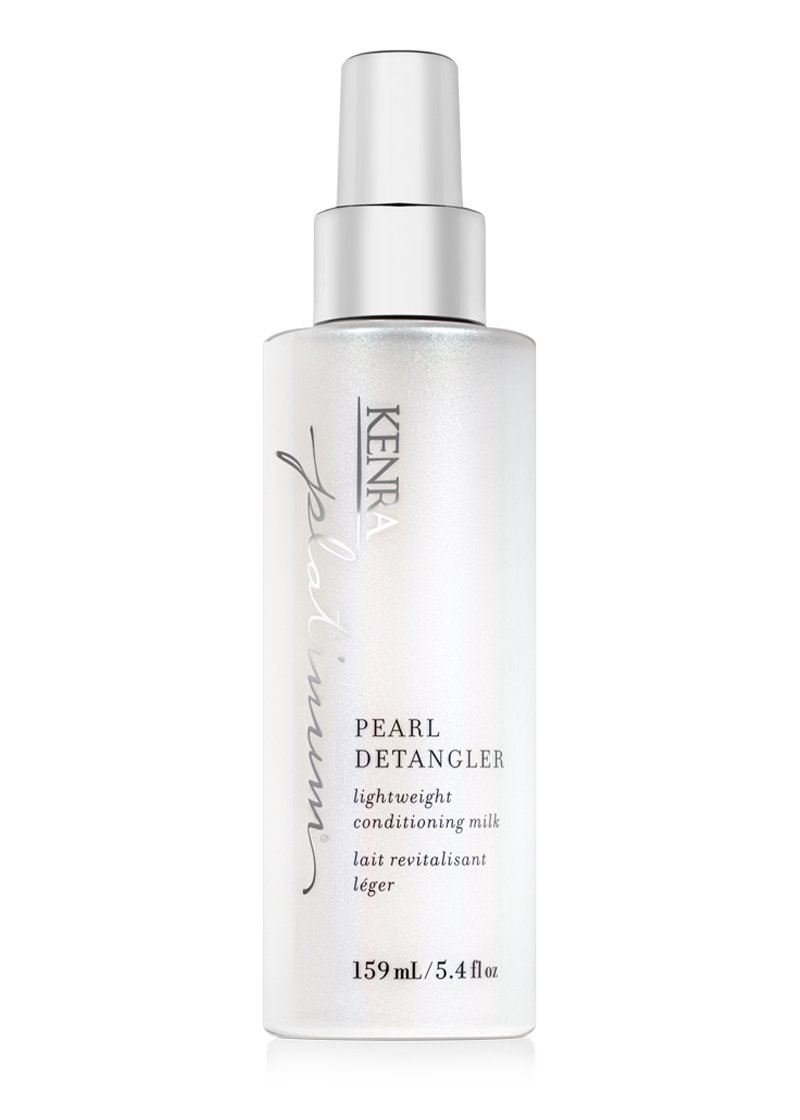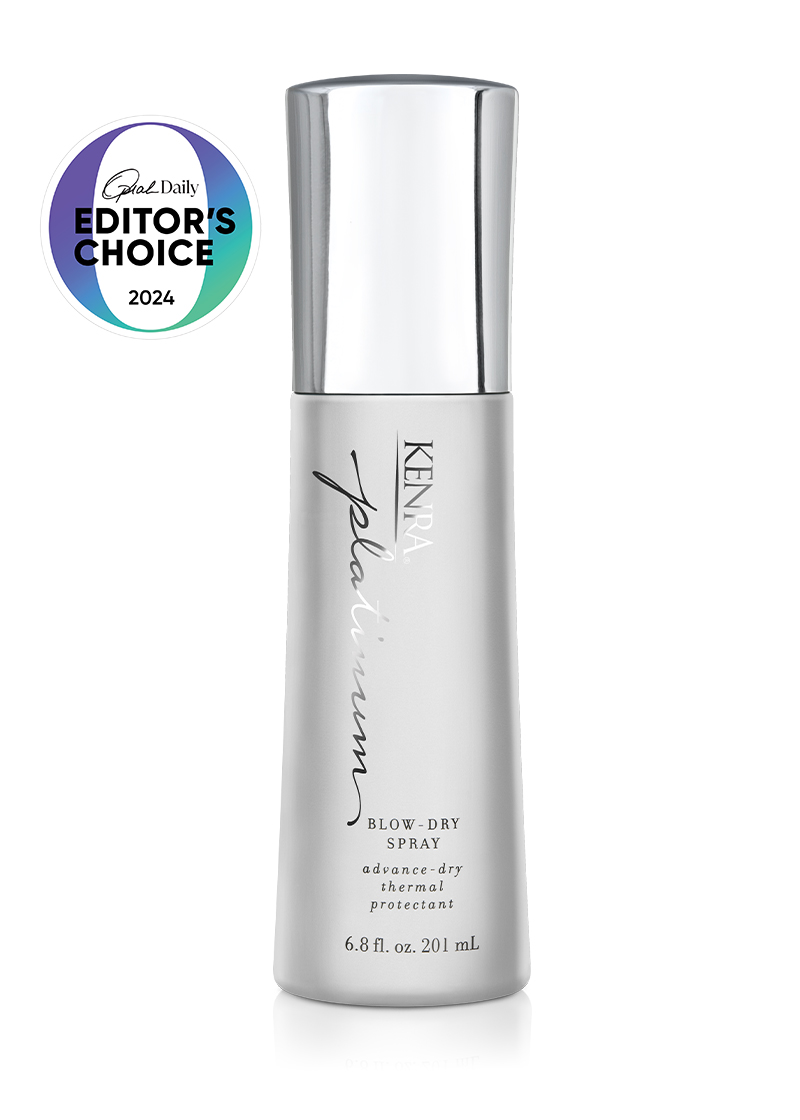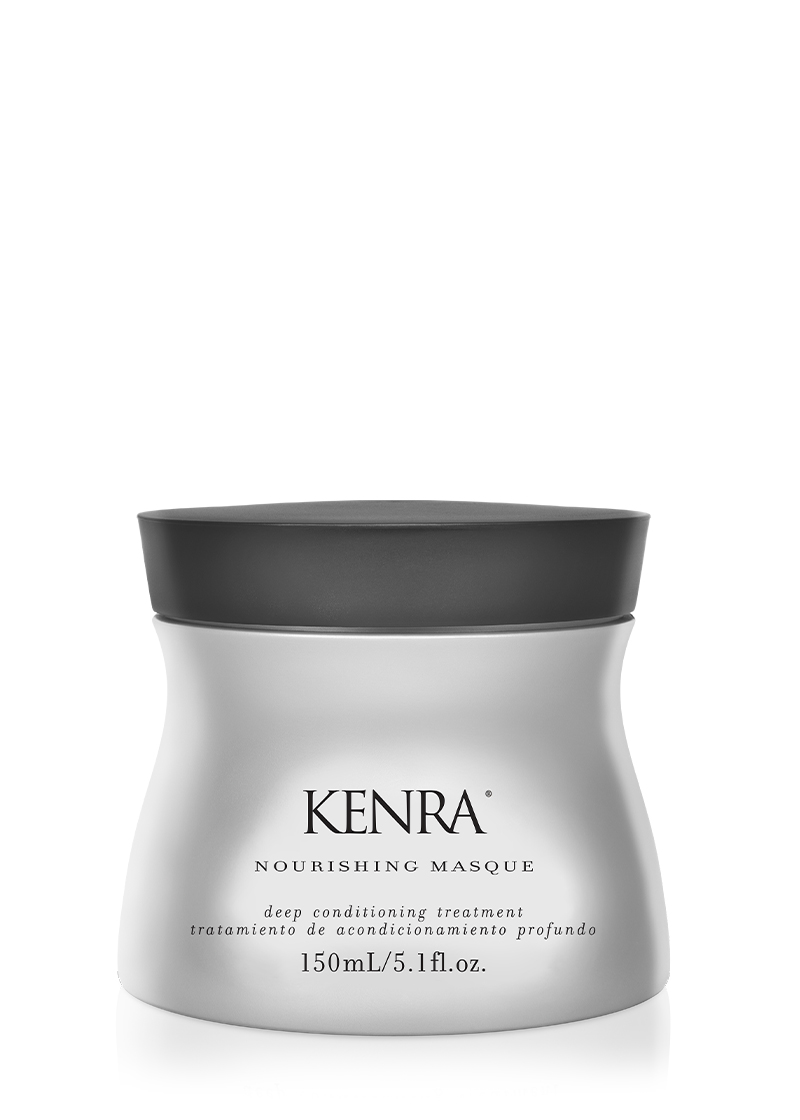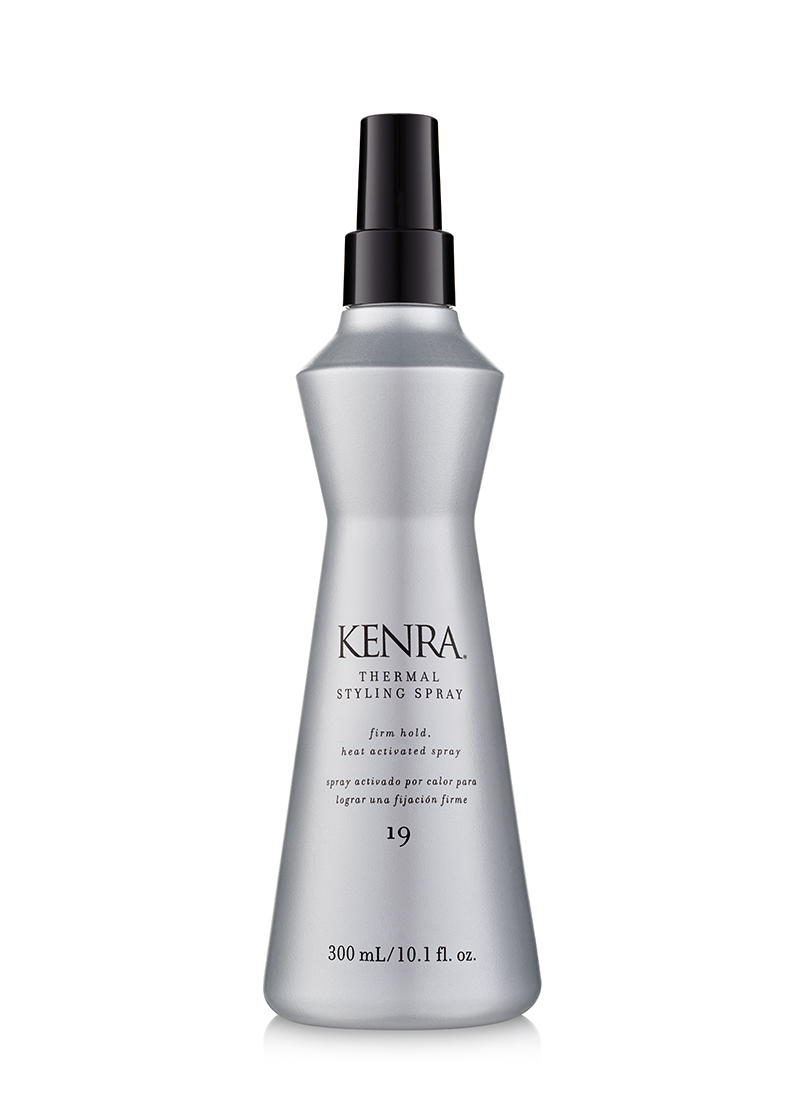4 Hair Breakage Causes and Treatment Options
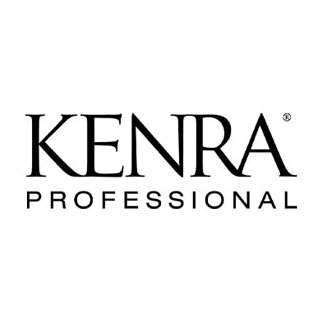
By: Kenra Professional
Have you recently noticed an increase in frizziness, dryness, or split ends in your hair? If so, there is a chance that you are currently struggling with hair breakage.
Though undesirable, hair is naturally vulnerable to damage from everyday causes and, thus, these sorts of symptoms are normal. Still, this does not mean that they are untreatable or that you should expect to have to live with them.
Read on to learn more about hair breakage, to understand its various causes, and to learn how to treat it.
What Is Hair Breakage?
A healthy head of hair is dependent upon the state of your inner hair cuticles. Hair cuticles are formed from dead cells that overlap in layers and create scales that protect the hair shaft which keeps strands together.
Problems can ensue when these scales fall apart, thus allowing for hair to dry out, lose its protective outer layer, and separate. The ends of the hair, which are the oldest part of the shaft, are particularly vulnerable to separation. All of this results in the undesirable flaking, snapping, and splitting of hair known as hair breakage.
Reasons for Breakage and How To Treat It
The first step to treating hair breakage is to find the root of the issue. This can be tricky since there are a myriad of potential causes. The reason that you are struggling with hair breakage might very well be different from the reason someone else is struggling with the same exact problem.
The good news is that the cause of your hair breakage is likely amongst the most common causes. The even better news is that we have information for treating hair breakage that can be both easy and effective.
Here are some of the most common causes of hair breakage and corresponding treatment options.
1. Heat Damage
One of the most common causes of hair breakage is heat damage. Commonly used styling tools ranging from flat irons to blow dryers all rely on high heat to work effectively.
In turn, they can frequently cause thermal damage to your hair, and, in particular, your cuticles. Using these appliances, especially on a daily basis, will weaken your hair, dry it out, and make it more prone to breaking.
One solution to these issues involves cutting down on the amount of time you spend applying heat to your hair. The ideal method for reducing heat damage and giving your hair the necessary time to heal is to take a complete break from all styling tools.
Realistically, however, this is not a viable option for everybody. Depending on your lifestyle and preferences, abandoning heated appliances may not work for you. If so, try reducing your use of these tools by even just one day a week.
If you do continue to utilize high-temperature styling tools, we recommend introducing a heat-protectant to your hair routine and applying it prior to applying any heat. For example, you can try the Kenra Professional Thermal Styling Spray 19.
This firm hold heat-activated spray provides styling control for hot tool usage, as well as tames frizz and flyaways. To apply, spray a section of dry hair before using a styling tool. In the best interest of your hair, you might want to consider turning down the heat setting of your appliance. However, if this isn’t possible, the Thermal Styling Spray 19 is designed to provide thermal protection for up to 428°F and should have you covered.
2. Unbalanced Diet
The foods that you consume can have a larger impact on your hair’s health than you might think. An unbalanced diet that lacks protein—something your hair needs to stay strong—can result in breakage.
To help rectify this issue, it is important to introduce healthier foods into your diet on a more frequent basis so as to improve your hair’s health. For example, by implementing more protein into your diet, the protein may be able to repair weak spots in your hair shaft, thus fighting off hair breakage.
Foods rich in protein include:
Lean meats
Poultry
Eggs
Nuts
Beans
Seafood
Dairy products
The recommended amount of protein intake varies depending on factors such as your age and should be researched and taken into account when adjusting your diet. As with anything, protein is best in moderation.
Too much of it can have the opposite effect of what we are hoping to achieve and, rather than contributing to repairing your hair, can make the hair brittle. When it comes to diet, it’s all about balance.
3. Too Many Chemicals
Over-processed hair caused by an excess amount of professional treatments involving chemicals, such as coloring on the regular, can cause cuticles to break down. There is nothing wrong with getting your hair done. In fact, the occasional treatment, depending on the procedure, can be arguably good for your hair’s health so long as you do not repeatedly have multiple of these treatments within a short span of time.
Over-processed hair can prove tricky to keep healthy and strong, but it is nowhere near impossible! There are even all-natural at-home solutions for you to try, such as DIY hair masks.
For dry and damaged hair, you might consider using the Kenra Professional Nourishing Masque. This is designed to replenish moisture and rejuvenate damaged hair.
4. Improper Post-Wash Care
How you treat your hair immediately after showering can have a major impact on your hair’s health. One of the most common steps that people take immediately after washing their hair—or right before they are done—is to brush it. When combing or brushing, your tool of choice should be gliding through your hair so as to not damage the ends and promote breakage.
In order to achieve this, it is best for your hair to be detangled prior to any brushing or styling. Though this might sound easier said than done, products such as the Kenra Platinum Pearl Detangler are designed to make this process easier. The lightweight conditioning milk, enriched with luminescent pearl, adds moisture for effortless detangling.
A second mistake commonly made following a hair wash is the manner in which the hair gets dried. As previously acknowledged, applying high-temperature heat to one’s hair is never ideal but is sometimes unavoidable. If you are going to blow dry your hair, try letting your hair air-dry for a bit first.
If you are in a time crunch, try blotting it with something absorbent and easy on the hair like an old T-shirt or a microfiber towel before applying any heat.
As always, if it is possible for you to apply a protectant before using a heated styling tool, we always suggest doing so. The Kenra Platinum Blow-Dry Spray is a protectant made specifically for defending against the thermal heat emitted by blow dryers. Prior to blow-drying, spray the product evenly on your damp hair and allow the product to detangle, resist humidity, and even reduce your blow-drying time by up to 50%.
Other Tips
If you do plan on drying your hair without any heat appliances, avoid rubbing your hair with a towel. Since your hair is at its most vulnerable after a wash, frequent rubbing can cause damage. Avoid rubbing with your towel and instead try blotting. Taking this extra precaution can help to reduce the chances of damage to your hair cuticles and split ends.
On the topic of towels, tying your hair up in a towel can lead to major tangling and, consequently, breakage. If you do choose to tie your hair up after a shower, we recommend refraining from using a towel.
Instead, try using one of those nifty old T-shirts we talked about earlier. Once again, a soft shirt is easier on your hair and can prove to be a lot more absorbent, in turn speeding up the overall drying time and perhaps even cutting down on time under the blow dryer.
Wrapping It Up
Whether it presents itself as brittleness, dryness, dullness, flaking, or something else, hair
breakage is never fun. Overall, making a consistent effort to keep your hair moisturized and hydrated can help to support the health of your hair cuticles and ward off potential hair damage.
However, if you are currently dealing with hair breakage, take solace in knowing that there are several ways for you to treat the issue and that one of the best courses of action is to first determine the cause.
Sources:
Hair Cosmetics: An Overview | NCBI
Protein | Better Health
7 DIY Hair Masks - Recipes for At-Home Hair Masks | Good Housekeeping

